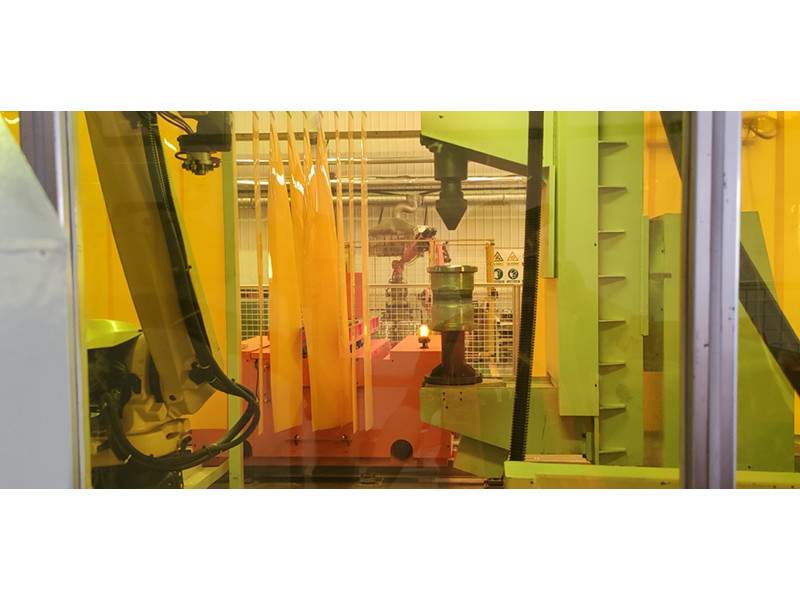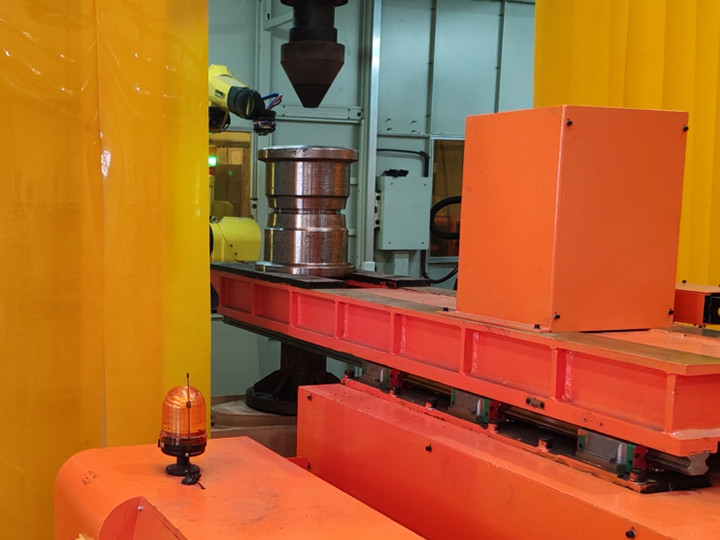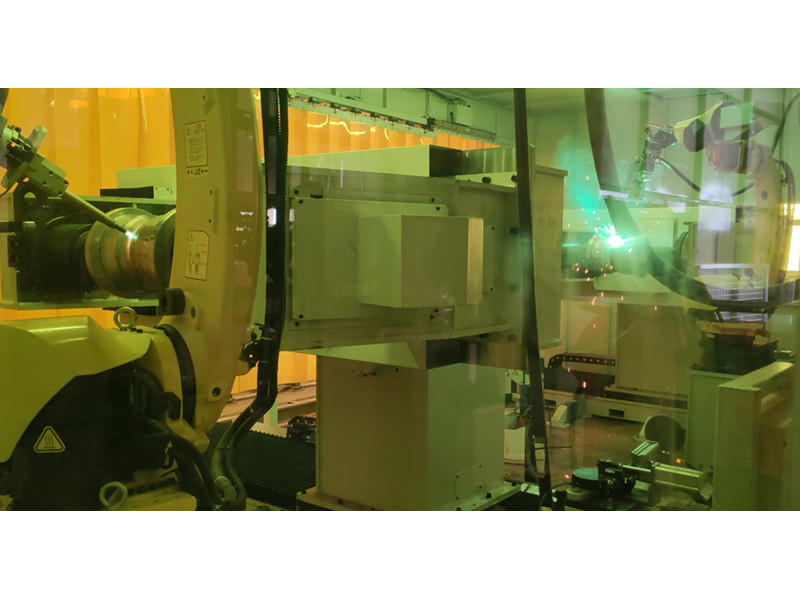2025 Laser Cutting Workstation Purchase Guide: Key Considerations and Optimization Suggestions
As a core device in modern manufacturing, the laser cutting workstation achieves efficient and precise material processing through a high-energy laser beam and is widely used in fields such as metal processing, furniture manufacturing, advertising decoration, and electronic component production. This article will help users formulate a scientific purchase strategy from three aspects: technical principle, equipment selection points, and industry application scenarios.
I. Laser Type: The Core Choice to Match Material Characteristics
The performance differences of laser cutting equipment mainly come from the types of laser generators. Currently, the mainstream technologies include three categories:
1. CO2 Laser System: It uses a gas medium to excite the laser and achieves efficient processing of non-metallic materials with a long wavelength of 10,600 nm. It performs excellently in cutting materials such as wood, acrylic, and leather with a thickness of more than 10 mm and is particularly suitable for advertising sign production and architectural model processing.
2. Fiber Laser System: Based on semiconductor pumping technology, it generates a short-wavelength beam of 1,070 nm, which can break through the high reflectivity of metallic materials. It can precisely cut conductive materials such as stainless steel and aluminum alloy and demonstrates high stability in the field of automobile parts processing.
3. YAG Solid Laser: It generates a specific wavelength through a crystal medium, balancing speed and quality in precision metal processing, and is suitable for the processing of thin-walled components in the aerospace field.
II. Analysis of Key Purchase Parameters
1. Power Selection Strategy:
Low-power (below 500W) equipment is suitable for processing thin sheets (<3mm), such as decorative board cutting; medium-power (1,000 - 3,000W) equipment meets the processing needs of medium-thick sheets of 5 - 10 mm; ultra-high-power (6,000W+) systems can handle special steel with a thickness of more than 20 mm. It should be noted that the increase in power is accompanied by an increase in energy consumption, and the long-term operating cost needs to be comprehensively evaluated.
2. Adaptability of Processing Format:
Conventional workstations provide a standard format of 1,300×2,500 mm, which meets the processing of small and medium-sized sheets. Extended models need to be selected according to the production scenario:
- The pipe cutting system adds a rotating shaft.
- The large-format model (2,000×4,000 mm) is suitable for the construction industry.
- The three-dimensional cutting head realizes the processing of three-dimensional components.
3. Intelligent Function Configuration:
Modern equipment integrates a variety of efficiency-enhancing modules:
- The automatic nesting system improves material utilization by 12% - 18%.
- The visual positioning technology achieves a repeated positioning accuracy of ±0.05 mm.
- The process database presets more than 500 sets of cutting parameters for materials.
III. System Optimization and Safety Assurance
1. Software Ecosystem Compatibility:
It is advisable to choose equipment that supports common formats such as DXF and DWG to ensure seamless docking with mainstream design software (such as AutoCAD). Advanced systems should include a process simulation module, which can predict the cutting path and optimize the processing sequence.
2. Safety Protection System:
Compliant equipment must have a three-level protection mechanism:
- Optical sensors monitor laser leakage in real time.
- The response time of the emergency stop device is less than 0.1 seconds.
- It is equipped with a Class 4 protective cabin and a smoke exhaust purification system.
3. Full-cycle Cost Control:
In addition to the equipment procurement cost, the following points need to be focused on:
- The replacement cycle of lens consumables (on average once every 800 hours).
- The consumption of auxiliary gases (oxygen/nitrogen).
- The electrical energy conversion efficiency (more than 30% for high-quality equipment).
IV. Industry Application Adaptation Solutions
- Metal Processing Industry: It is recommended to use a fiber laser system with a power of 6,000W and an automatic loading and unloading module to achieve continuous processing of 120 stainless steel plates per hour.
- Advertising Decoration Field: Choose CO2
laser equipment paired with intelligent nesting software to improve the utilization rate of acrylic sheets to over 92%.
- Automobile Manufacturing Scenario: It is necessary to equip a three-dimensional cutting head and a quality monitoring system to ensure the precise cutting of complex stamped parts.
When making a purchase, it is recommended to conduct on-site inspections of equipment processing demonstrations, focusing on observing the quality of the cutting cross-section and the response speed of the control system. Formulate a procurement plan based on the equipment depreciation cycle (usually 5 - 7 years), and give priority to suppliers that provide 24 - hour technical support and process training. Regular participation in industry exhibitions can provide access to the latest technological information. For example, the 2025 Shanghai Laser Technology Expo has released the third - generation ultrafast laser cutting solution, which is worth paying attention to.


